In the melodious world of birds, singing serves many purposes beyond the simple joy of expression. Among the most fascinating vocal behaviors is duet singing—where mated pairs coordinate their voices in precise, often complex musical exchanges. This remarkable phenomenon occurs in over 400 species worldwide and represents one of nature’s most beautiful displays of cooperation and communication. Far from being merely aesthetic, these synchronized performances play crucial roles in territory defense, mate bonding, and reproductive success. Through their harmonious exchanges, bird pairs literally sing their relationships into being, creating sound partnerships that can last a lifetime.
The Science Behind Avian Duets
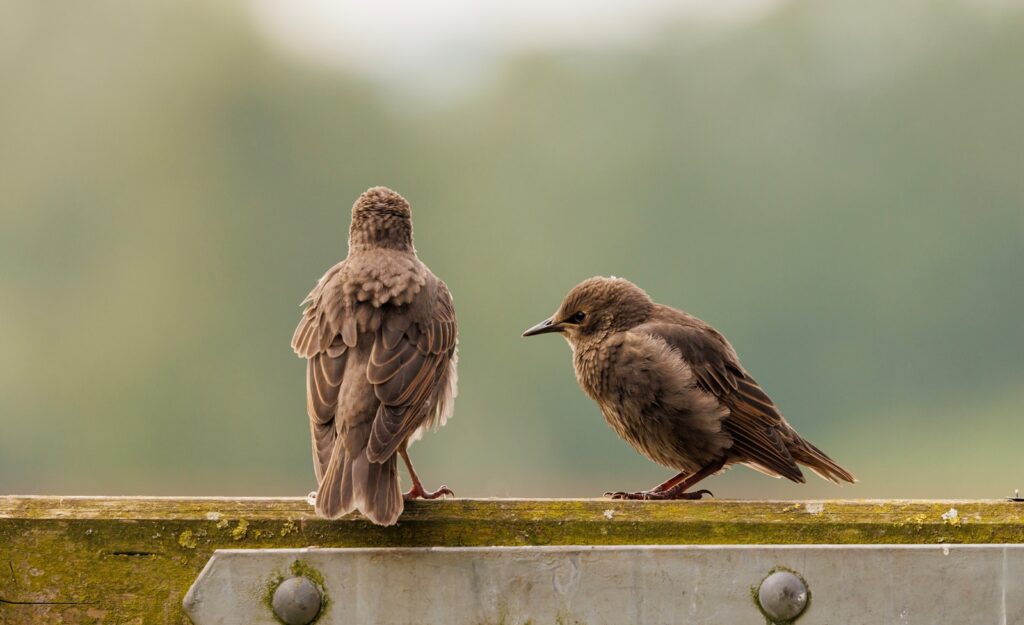
Bird duets represent a remarkable form of coordinated behavior, where two individuals produce vocalizations that are precisely timed to form a single acoustic unit. Unlike random overlapping songs, true duets follow specific patterns—each bird delivers its part with split-second timing that creates a cohesive musical phrase. Neurologically, this requires exceptional auditory processing and vocal control, as each partner must listen attentively while simultaneously preparing their own contribution. Research using specialized recording equipment can separate individual parts within duets, revealing that some species maintain precise timing down to milliseconds. This extraordinary synchronization reflects specialized neural adaptations that have evolved specifically to support this complex communicative behavior.
Evolutionary Origins of Paired Singing
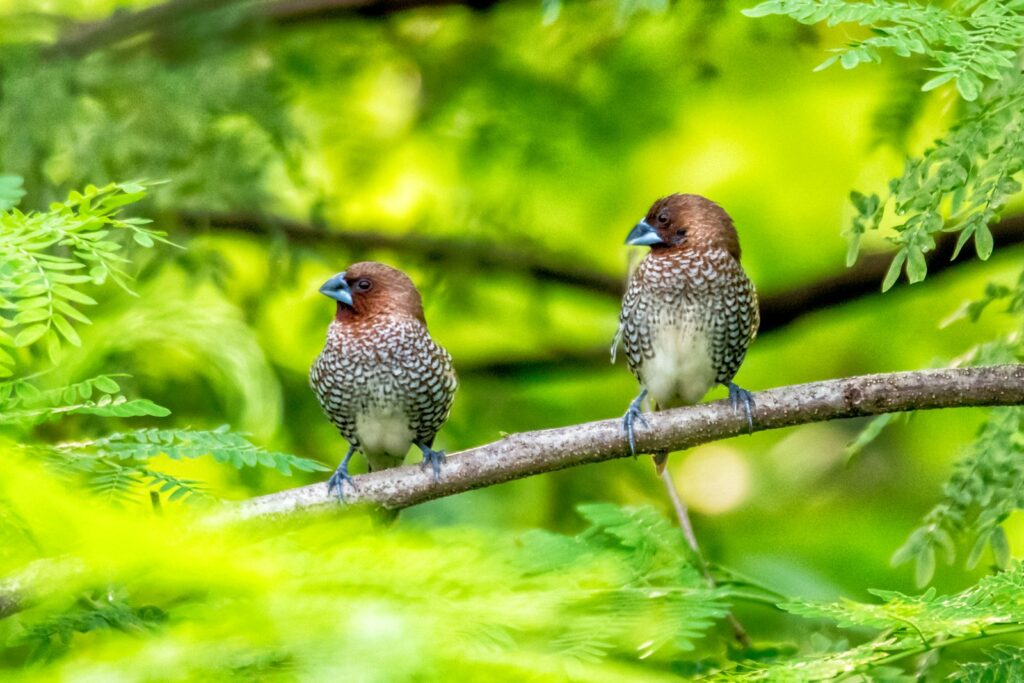
The evolution of duetting behavior has followed multiple pathways across different bird families, suggesting its importance as an adaptive trait. Duetting appears to have evolved independently in tropical and subtropical environments worldwide, where dense vegetation makes visual contact challenging and year-round territoriality is common. Comparative studies indicate that duetting likely emerged from simpler vocal interactions that gradually became more coordinated and complex over evolutionary time. Interestingly, duetting is more prevalent in monogamous species with long-term pair bonds, suggesting a connection to partnership stability. Some researchers propose that the mutual investment required to perfect duets may serve as an honest signal of commitment, discouraging either partner from abandoning the relationship.
Territory Defense Through Harmonized Voices

One of the primary functions of duet singing is the joint defense of territory against rival pairs or intruders. When two birds combine their voices, they create a more impressive acoustic display that effectively communicates territorial boundaries to potential competitors. Field experiments have demonstrated that playing recordings of duets near established territories typically triggers immediate countersinging from resident pairs, who often approach the perceived intruders with aggressive displays. This coordinated response proves more effective than solo singing in deterring territorial invasions. By performing duets, pairs essentially announce “this space is taken by two committed defenders,” which may discourage solo birds or weakly-bonded pairs from challenging them for valuable resources.
Strengthening Pair Bonds Through Vocal Synchrony
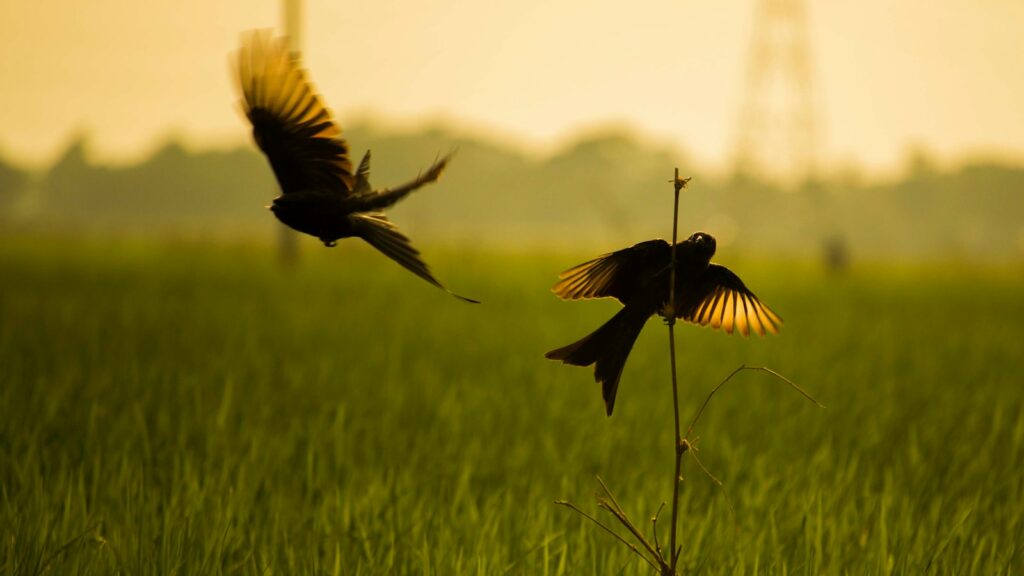
The act of singing together requires remarkable coordination that helps reinforce the emotional connection between paired birds. Each successful duet represents a moment of perfect understanding between partners, creating a shared experience that strengthens their psychological bond. Research has documented that pairs who duet more frequently and with better coordination typically demonstrate other signs of strong bonding, including mutual preening, food sharing, and coordinated nest defense. The neurological processes involved in duetting activate reward centers in bird brains, essentially making successful coordination feel good to both participants. This positive reinforcement creates a feedback loop where birds seek out these pleasurable interactions, further cementing their attachment to each other.
Mate Guarding Through Acoustic Vigilance
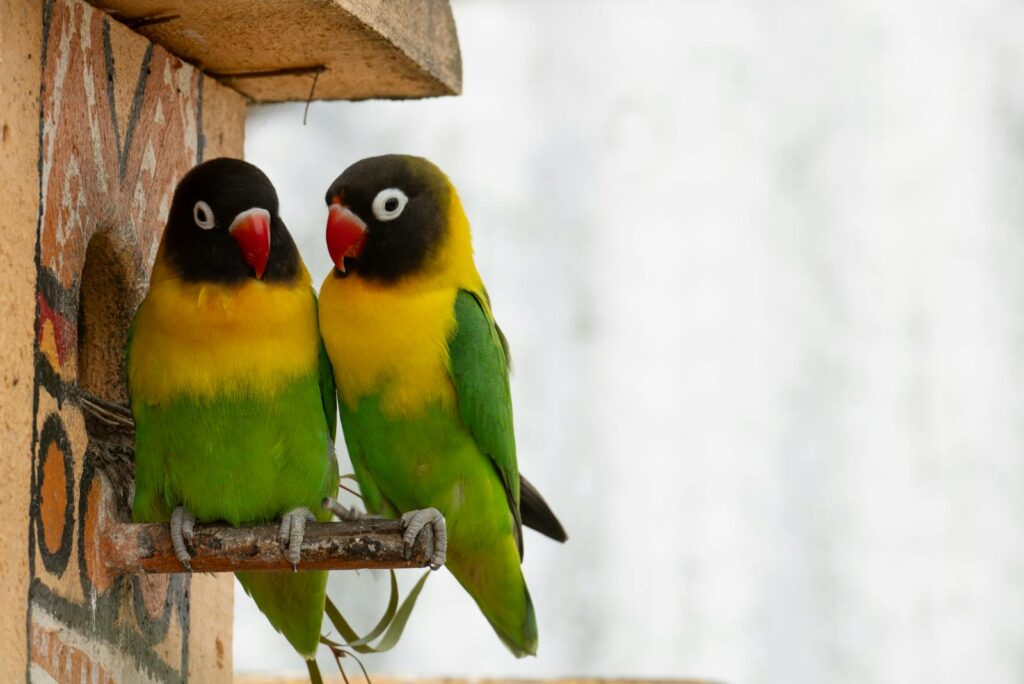
In many duetting species, partners use their coordinated songs as a form of mutual mate guarding—keeping track of each other’s whereabouts through vocal exchanges. When one bird calls, the partner’s immediate response confirms their presence and continued fidelity to the relationship. If an individual fails to respond appropriately to their partner’s calls, it might signal they are engaged with a potential rival or otherwise distracted. Some species have developed specialized “answer phrases” that can only be produced correctly by the established partner, creating a vocal password system that helps prevent infiltration by intruders. This acoustic vigilance helps maintain monogamy in environments where visual monitoring is difficult, such as dense rainforests or thick scrubland habitats.
Coordinated Reproduction and Duet Singing
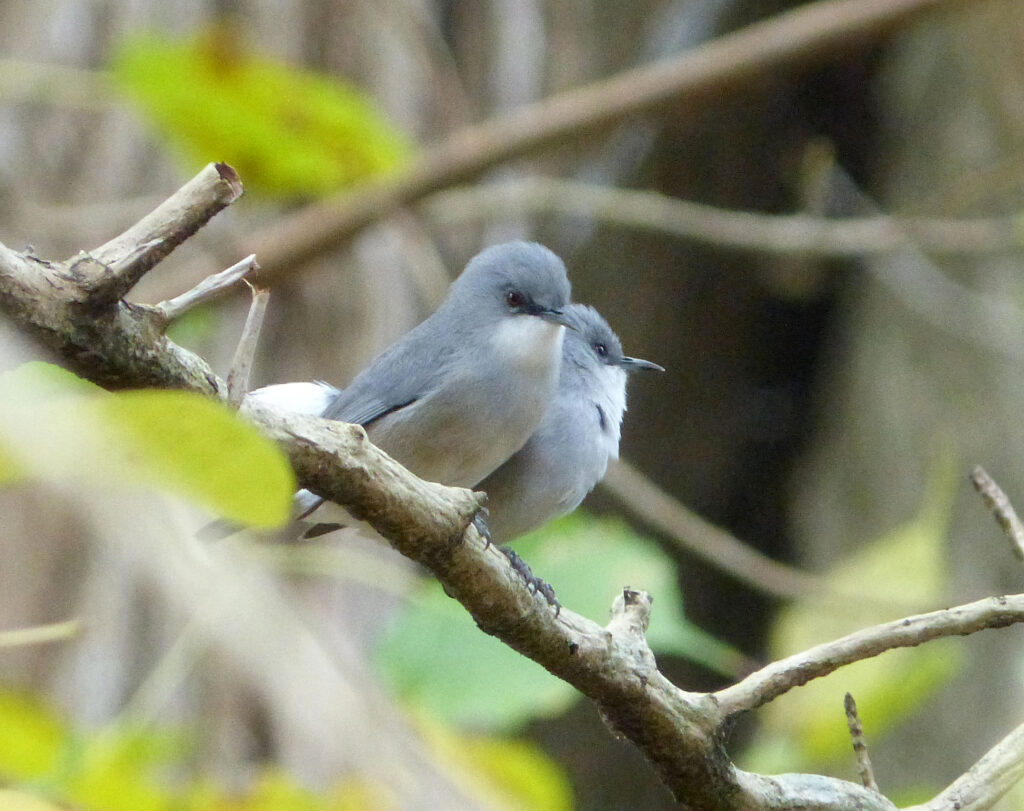
The timing and intensity of duet singing often correlates with important reproductive phases in a pair’s life cycle. Many species increase their duetting frequency during the pre-nesting period, which coincides with physiological preparation for breeding. The acoustic coordination appears to help synchronize hormonal states between partners, essentially getting both birds “on the same page” reproductively. Studies have documented elevated levels of reproductive hormones like testosterone and estradiol following intense duetting sessions in several species. This hormonal alignment helps ensure that both partners are ready for nesting, egg-laying, and parental duties at the same time, improving their chances of successful reproduction in seasonal environments.
Learning and Perfecting Duets Together
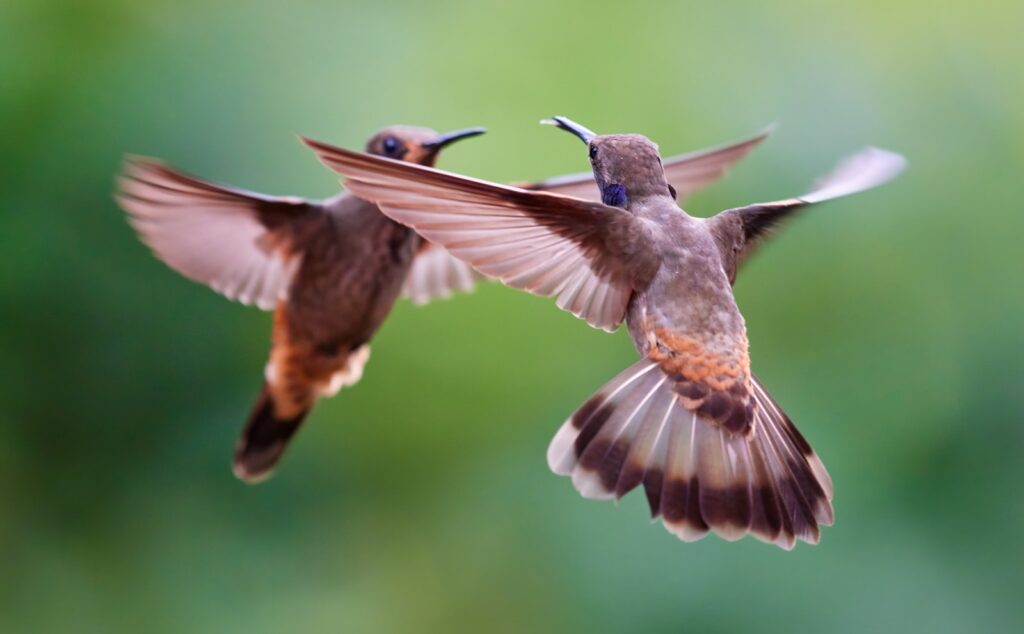
The development of perfectly coordinated duets typically requires extensive practice and learning between partners, creating a shared history that strengthens their relationship. New pairs often produce imperfect duets with timing errors, overlaps, or inappropriate responses that gradually improve with experience together. Researchers studying tropical wrens have documented this learning process, showing that pairs can take months or even years to achieve their optimal duet performance. This shared learning journey creates a unique acoustic signature for each pair that distinguishes them from other couples in the population. The effort invested in mastering these complex interactions represents a significant commitment that may deter either partner from abandoning the relationship and starting over with someone new.
Regional Dialects and Pair-Specific Variations
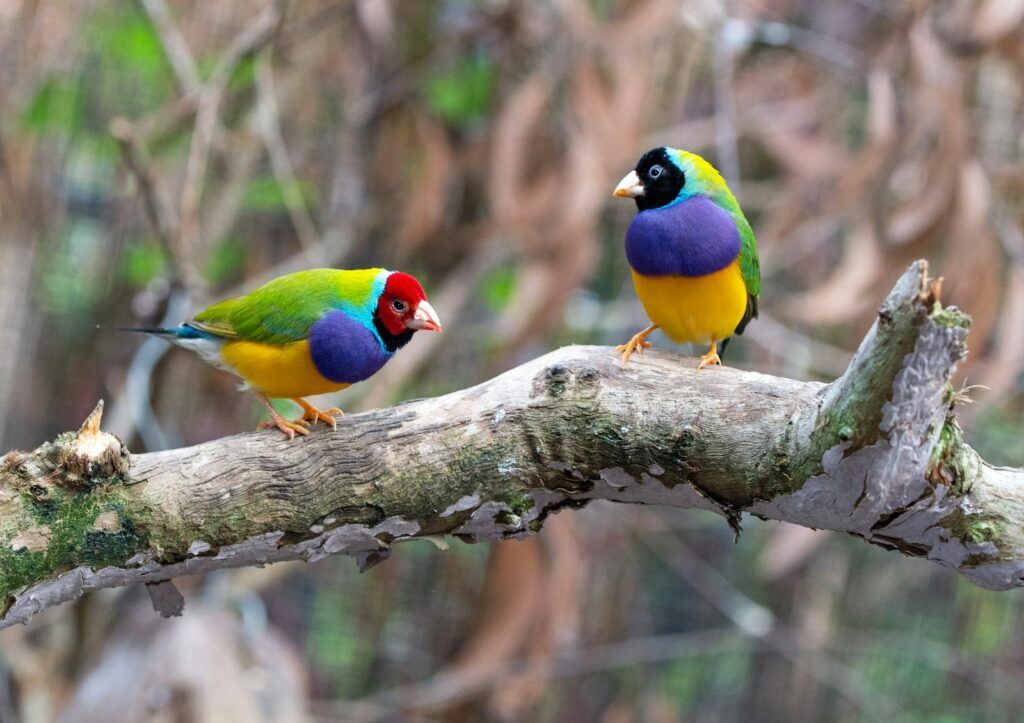
Many duetting species develop localized “dialects” in their songs, with pairs in specific geographic areas sharing similar acoustic patterns that differ from those in other regions. Within these regional variations, individual pairs often develop unique characteristics in their duets that serve as acoustic signatures, distinguishing them from neighboring couples. These pair-specific features might include subtle timing patterns, unique note combinations, or distinctive pitch relationships that remain consistent over time. Research using computer analysis of recorded duets can identify specific pairs with remarkable accuracy based solely on these acoustic fingerprints. The process of developing these unique duets further bonds the pair through shared creative expression and mutual adaptation to each other’s vocal tendencies.
Notable Duetting Species Around the World
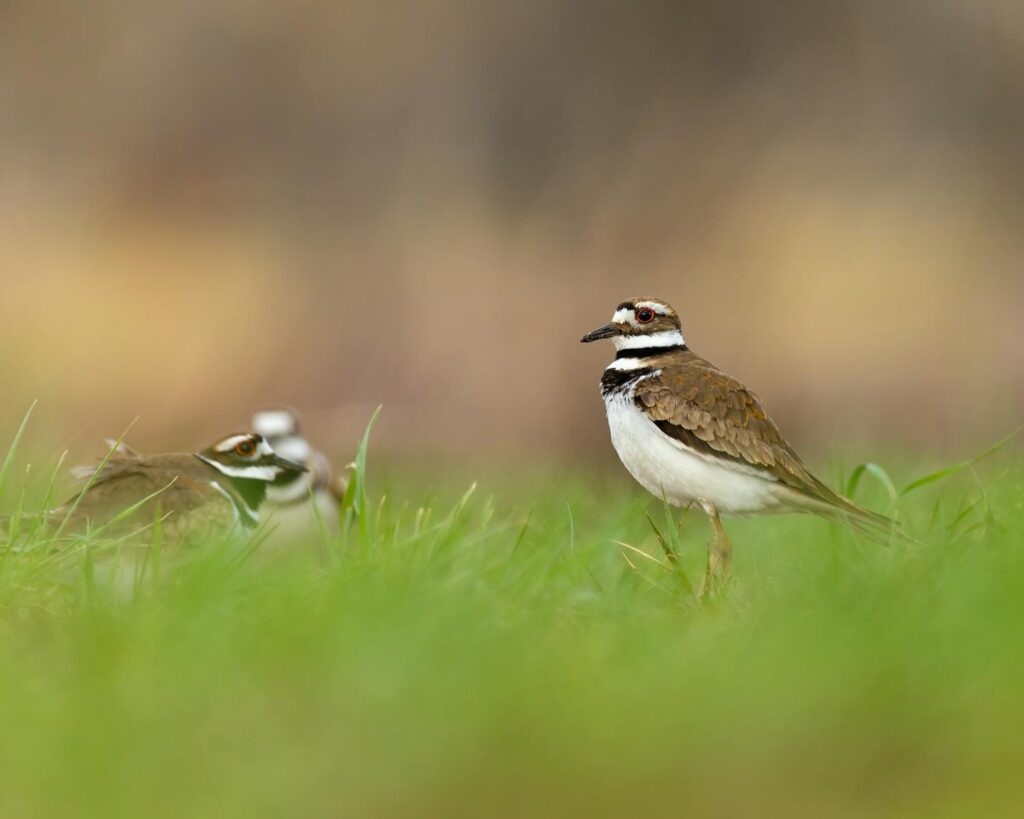
While duetting occurs across many bird families, certain species have become renowned for their particularly impressive coordinated performances. The plain-tailed wren of South America produces among the most complex duets studied, with males and females rapidly alternating notes to create a seamless song that sounds like a single bird to untrained ears. African boubou shrikes perform “antiphonal” duets where partners alternate phrases with perfect timing, creating conversations that can continue for several minutes. Perhaps most famous are the gibbons of Southeast Asia which, though not birds but primates, have developed duetting behaviors remarkably similar to those found in birds, suggesting independent evolution of this bonding strategy. The wide distribution of duetting across unrelated species highlights how this behavioral adaptation has repeatedly evolved as an effective strategy for maintaining partnerships.
Duetting as a Response to Environmental Challenges
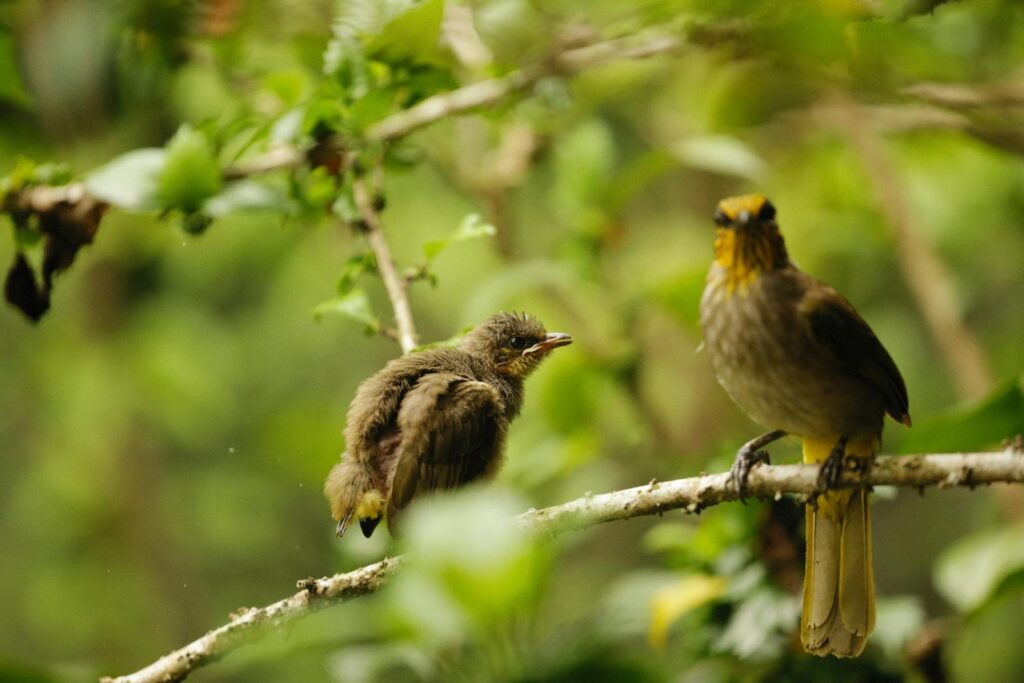
The prevalence of duetting behavior appears closely linked to specific environmental challenges that pairs must overcome together. In dense tropical forests, where visual contact is limited, acoustic coordination helps partners maintain connection despite limited sight lines. Year-round territoriality, common in tropical environments without distinct breeding seasons, benefits from the constant reinforcement that duetting provides to both pair bonds and territorial boundaries. High predation pressure in some environments also favors coordinated vigilance and communication systems, with duetting allowing pairs to share information about potential threats. Climate change and habitat fragmentation now present new challenges to duetting species, as acoustic interference from human activities and altered habitats can disrupt the delicate timing these performances require.
Duetting in the Context of Different Mating Systems
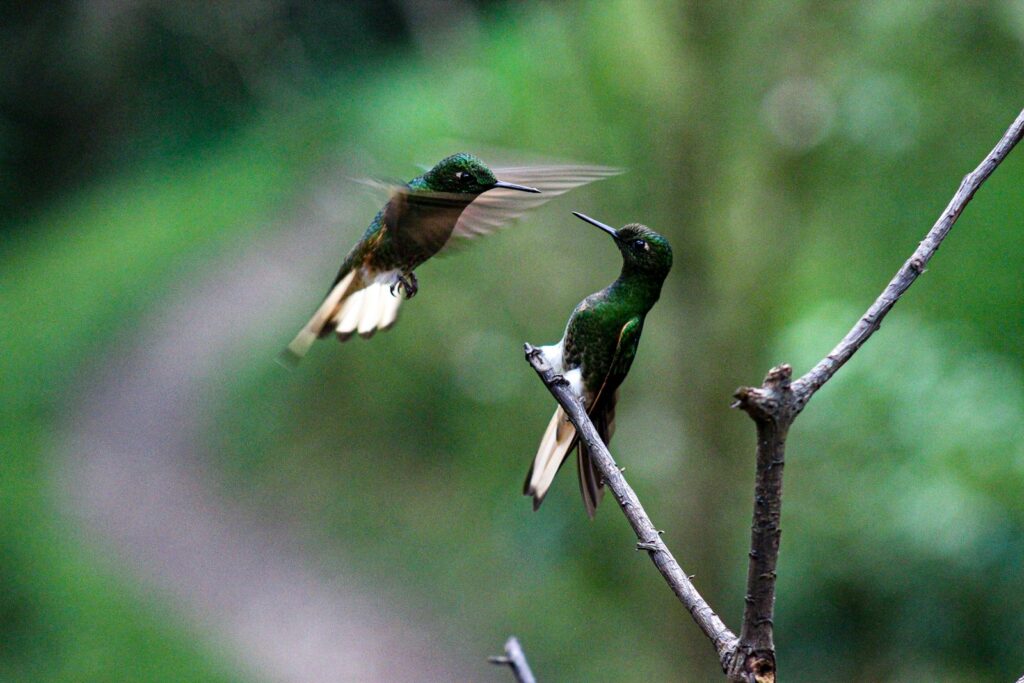
The nature and function of duets vary significantly across species with different mating arrangements, reflecting their specific social contexts. In strictly monogamous species with lifelong partnerships, duets tend to be highly coordinated and complex, representing significant mutual investment in the relationship. Among polygynous species, where males may maintain multiple females, duetting often functions more as territorial advertisement than pair bonding, with less precise coordination between partners. Some cooperatively breeding species, where additional birds help raise young, incorporate group members into expanded “choruses” that maintain social cohesion beyond the primary pair. The diversity of duetting patterns across different mating systems provides researchers with valuable insights into how social organization shapes communication strategies in avian societies.
The Future of Duet Research and Conservation Implications

Advances in recording technology and analytical methods are opening new frontiers in understanding the complexities of bird duets and their importance to pair stability. Machine learning algorithms can now detect subtle patterns in duet coordination that correlate with pair longevity and reproductive success, potentially providing early warning signs when partnerships are under stress. Conservation biologists increasingly recognize duetting behavior as an important indicator of habitat quality and population health for many tropical species. Noise pollution from human activities presents a particular threat to duetting birds, as it can mask the subtle acoustic cues partners rely on for proper coordination. Protecting the acoustic environment of natural habitats is emerging as an important conservation priority for species whose relationships literally depend on being able to hear each other’s voices clearly.
The synchronized songs of duetting birds represent far more than just beautiful natural music—they form the acoustic foundation of successful partnerships. Through their coordinated performances, pairs strengthen their emotional bonds, defend shared territories, synchronize their reproductive physiology, and maintain vigilance against rivals and predators. The substantial investment required to perfect these complex vocal interactions helps ensure commitment between partners, while creating unique acoustic signatures that define each relationship. As researchers continue to decode the intricate communication systems underpinning these avian duets, we gain deeper appreciation for the sophisticated ways birds maintain their most important relationships through harmony. In the complexity of these musical conversations, we find compelling evidence that strong partnerships—even in the bird world—are built on communication, coordination, and the daily choice to sing together.
